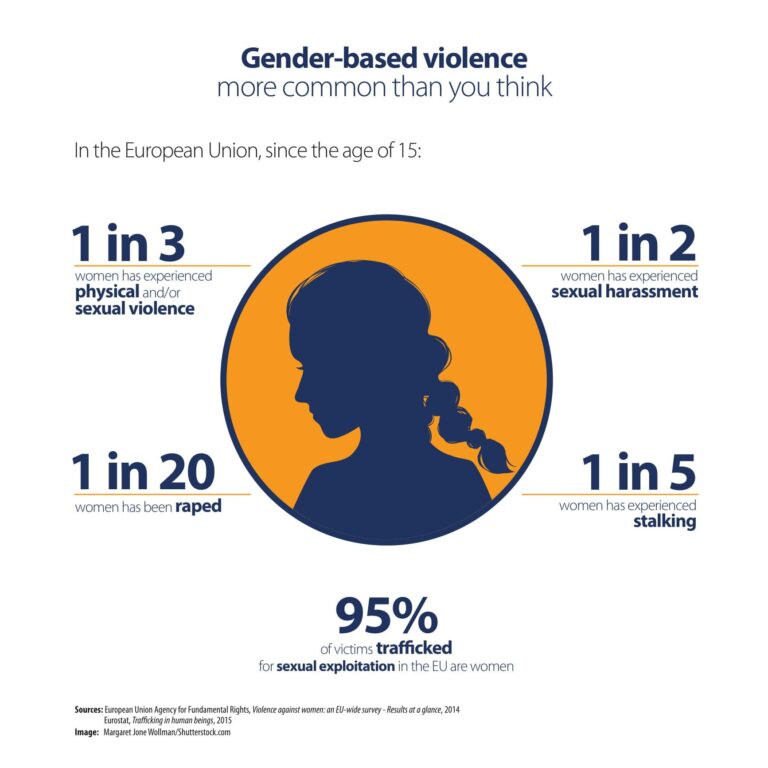Advocacy Towards Policy Change on Ending Gender-Based Violence and Child Poverty
In recent years, the nexus between gender-based violence and child poverty has been increasingly recognized as a critical social issue. This overlapping challenge demands urgent attention and targeted action. Addressing these interrelated issues is essential for creating a fair and just society for all.
The Link Between Gender-Based Violence and Child Poverty
Gender-based violence often leads to economic hardships that trap families in cycles of poverty. Women and children are disproportionately affected by such violence, leaving them vulnerable and without resources. This creates a systemic barrier to breaking free from poverty and achieving long-term stability.
The Role of Advocacy in Policy Change
Advocacy plays a crucial role in driving policy change that addresses both gender-based violence and child poverty. By mobilizing community support and raising awareness, advocates can influence lawmakers to prioritize these issues. Effective advocacy strategies include grassroots campaigns, partnerships with local organizations, and leveraging social media platforms.
Implementing Effective Policies
For policies to be effective, they must be informed by data and the lived experiences of those affected by gender-based violence and child poverty. Prioritizing evidence-based solutions can help in developing targeted initiatives that provide real support. This includes funding for shelters, access to education, and mental health resources for affected individuals.
Call to Action
Change is possible, but it requires collective effort from individuals, organizations, and governments. Join hands with advocates and policymakers to push for effective measures that address both gender-based violence and child poverty. For more information on advocacy strategies and collaboration, visit Ending Child Poverty.
Conclusion
Ending gender-based violence and child poverty is not only a matter of social justice but also a necessity for fostering healthier communities. Through dedicated advocacy, informed policy-making, and community engagement, we can pave the way for a brighter future. The time for action is now—together, we can make a difference.

